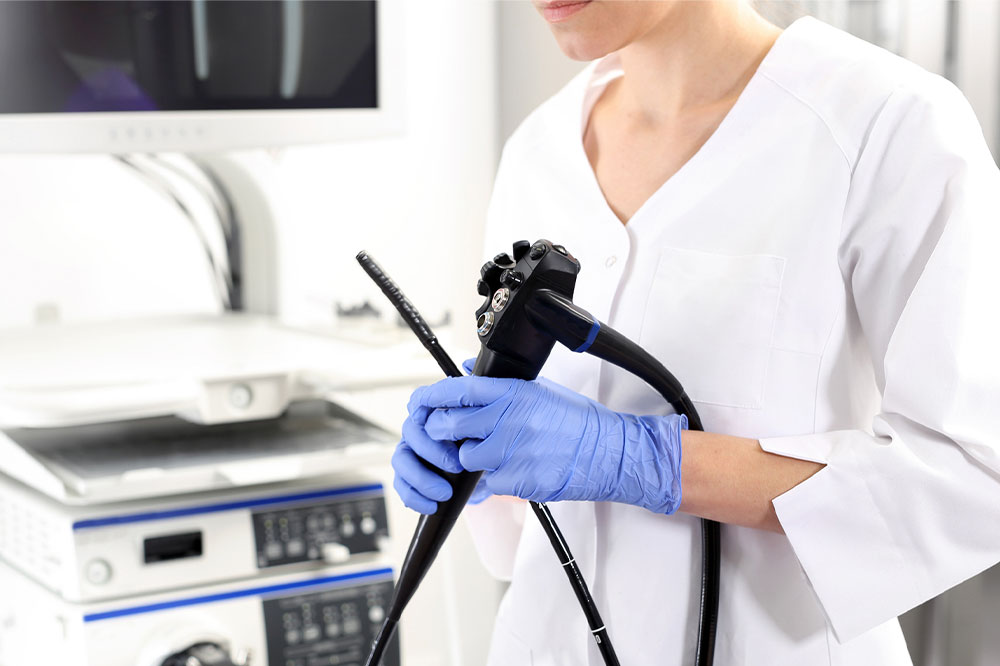
How is a colonoscopy performed and its benefits
A colonoscopy is done to examine the inside of a person’s large intestine, also known as the colon. This evaluation procedure is used by healthcare professionals in order to detect and diagnose gastrointestinal disorders in people. What’s more, this procedure is a proven solution to detect and, by extension, treat or prevent the development of colon cancer. Due to its range of benefits, doctors advise individuals vulnerable to colon cancer to undergo this procedure regularly.
Process of colonoscopy
Although various healthcare professionals may have slight variations in their procedure, the process of colonoscopy, more or less, follows this template:
A colonoscopy procedure takes anywhere between 30 to 60 minutes to complete
The healthcare expert performing the procedure uses a colonoscope (a small camera with a light attached to the end of a long, thin, flexible tube called a catheter).
The doctor inserts this colonoscope through the client’s anus.
The device advances through the large intestine to the end where it reaches the small intestine.
During this procedure, the colon needs to be pumped slightly to increase its volume. By doing so, the doctor performing the colonoscopy can clearly do the internal examination of this digestive organ. Therefore, the catheter pumps air into the colon to inflate it. Once the area grows, the camera in the colonoscope captures and transmits a live video feed of the area to a monitor. In this way, the healthcare professional accompanied by an assistant or two examines the inside of their client’s colon.
During the entire process, the expert will check for abnormalities in the colon. If they find anything, they either focus on it for longer or perform other, more specific tests to understand what it is.
When the doctor reaches the end of the colon, they gently and slowly bring out the colonoscope before performing the procedure for a second time.
Benefits of colonoscopy
Here are some of the main positives of undergoing colonoscopy:
Early detection and lowered risk of colon cancer
Like most kinds of malignancies, colon cancer is also difficult to detect in its early stages. The disease is at its most treatable in its initial stages, after which it becomes increasingly harder for healthcare professionals to cure it in patients. Therefore, regularly performing colonoscopies helps doctors detect the growth and development of tumors at incredibly early stages in one’s colon. With this information, they can reduce the risk of this cancer getting out of hand in clients.
Support for other tests
Colonoscopy greatly helps to support the research of other health tests. Doctors may require the results of a further understand other medical tests. Some of the tests supported by the results of colonoscopy are:
Stool DNA tests
Sigmoidoscopy
Fecal immunochemical test (FIT) or tests for blood in one’s stool
Double-contrast barium enema
Virtual colonoscopy or computed tomography (CT) colonography
Due to this benefit, colonoscopy is considered to be one of the most efficient treatment facilitators for a host of gastroenteritis-related disorders.
Painless and convenient
A colonoscopy is a fairly quick process. So, even busy individuals can take out a couple of hours from their day at most to undergo this procedure. It is also incredibly painless as anesthesia is used before a colonoscopy.




